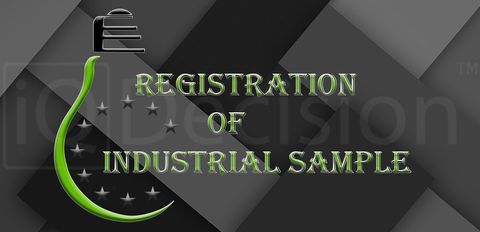The recent decision of the EU Court of Justice (the CJEU) in the Gömböc case has shed some light on certain legal aspects of trademark protection in the EU. By analyzing the decision, we’ll try to determine whether it is possible to register an industrial design in the EU and what it takes to register one.
Graphic trademarks, such as the shape of a product or its packaging, may be subject to registration and, accordingly, protection as commodity signs in the EU. However, the EU has recently introduced a procedure for deregistration of trademarks to stop companies from monopolizing technical knowhows or products’ functional/aesthetic characteristics, thus making design protection in the EU a lot more difficult.
Registration of an Industrial Design in Europe
It is not possible to register an industrial design in the EU if it has a specific form or characteristic (i.e. color & sound), such as:
- a form or characteristic which arises from the nature of a product;
- a form or property that gives a product a significant value;
- a form or characteristic of a product which is required to gain a technical result.
Trademark protection in the European Union can only be obtained for shapes & other characteristics of a TM that are not included in the above list of exceptions.
The Gömböc Case
2015 saw Gömböc Kutató, a Hungarian LLC, apply for registration of a shape with the Hungarian Office for IP Protection & Registration. The latter rejected the application, citing two reasons, namely:
- a technical result could be obtained through using the form;
- the goods of the stated shape will have a substantial value.
In a subsequent trial, the Hungarian Supreme Court specifically requested the CJEU to clarify the grounds on which the company was denied registration. The Supreme Court came up with three questions which can be summarized as follows:
- If a form is used to gain a technical result, is the way a specific segment of the general public perceives the form essential for its assessment or can an assessment be carried out only by taking into account a sign’s graphic representation, i.e. such that was used in the application for a trademark?
- As far as the grounds for exclusion are concerned, should the way a specific segment of the general public perceives the form and/or knows about its reputation be taken into account when assessing whether a form gives a significant value to products?
- If a form is protected as an industrial design (i.e. by using a procedure for registering an industrial design in the EU), should it qualify for trademark protection because of the aesthetic value that designs give to forms?
What Does it Take to Register an Industrial Design in the EU?
The CJEU’s response was as follows:
- Making an assessment of whether a form is necessary to gain a technical result shouldn’t be limited to a sign’s graphic representation. The way a specific segment of the general public perceives the form can also be taken into account, providing it is expressed in the form of polls, expert opinions and/or publications in scientific journals.
- While assessing whether a form gives a product a significant value, the way a specific segment of the general public perceives the form can also be taken into account for identifying the form’s essential characteristic. However, registration of an industrial design in the EU may be denied only if it is clear from reliable & objective sources that a specific segment of the general public makes a decision to purchase the product based on the said characteristic. It is emphasized, though, that a product’s characteristics which aren’t related to its form, e.g. its technical qualities or reputation, shouldn’t be taken into account when granting a patent for an industrial design in the EU.
- If a sign is protected as per design law, it doesn’t mean that the form gives a significant value to a product in question. EU legislation with regard to registration of industrial designs & rules applicable to trademark registration are independent & have no hierarchical structure.
Conclusion
Of course, it remains to be seen what this guide will mean for Gömböc decorative products. IQ Decision UK will continue to monitor the situation and provide you with important updates pending the final decision.
If you have any additional questions regarding the topic of the article or need a consultation on registration of an industrial design in the EU, IQ Decision UK will be happy to oblige.

















